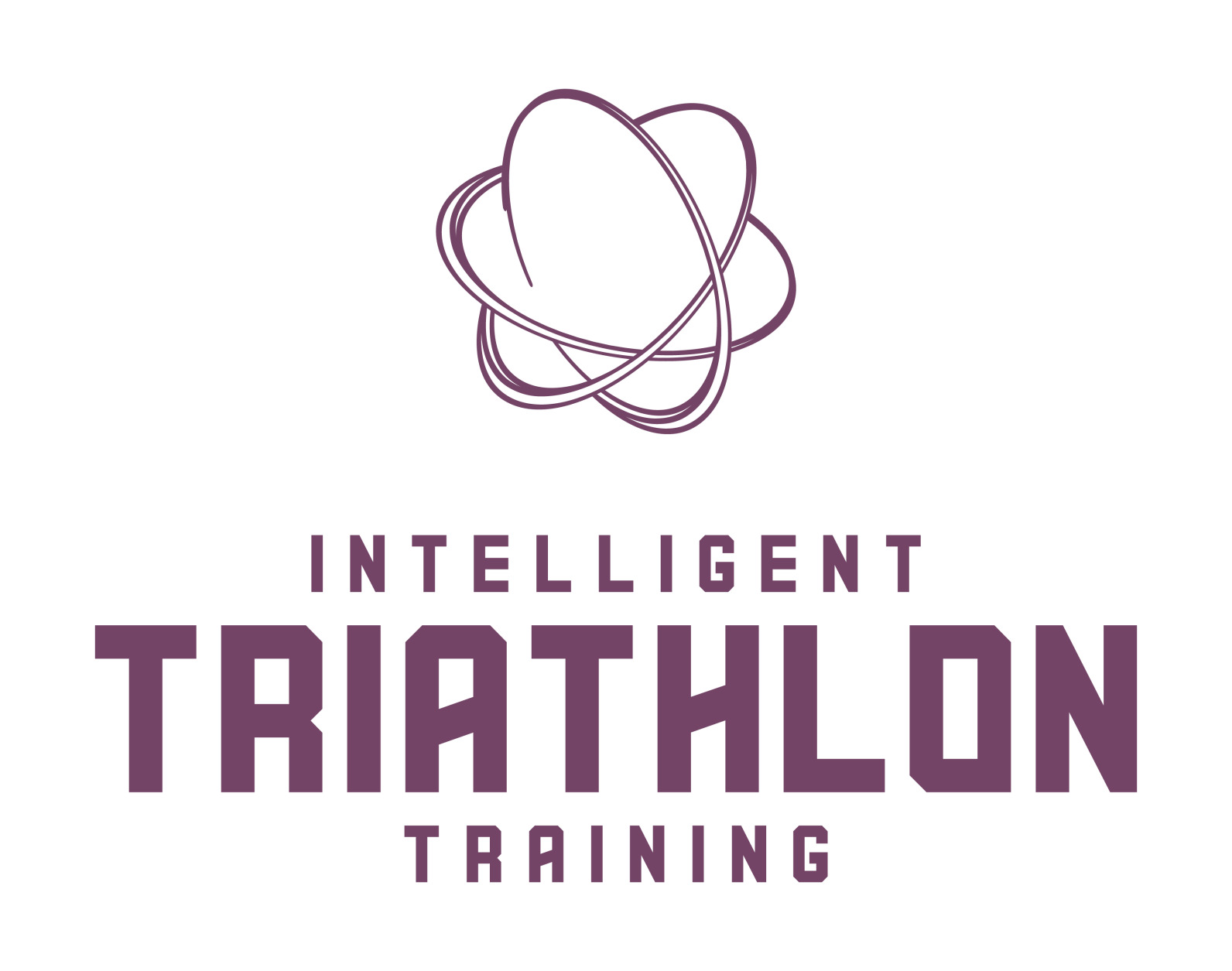Swim Video Analysis
One of the best ways to improve your swimming technique is to be able to see what you are currently doing. This helps to understand how you can improve.
What you think you are doing and what you are actually doing are not necessarily the same thing.
Mark PearceOur video analysis process utilises high-quality underwater footage captured at one of the best pools in the UK, Loughborough University's High-Performance Pool. We capture a variety of angles including:
- Head-on
- Side-on full-body length (both sides)
- Overhead (birdseye view)
- Side-on above water
The footage is then analysed in Objectus Studio video analysis suite and a video summary recorded for your records.
Why Intelligent Triathlon Training?
The key to any analysis is not the tools that are used but the analysis itself, and then the application of that knowledge to impact swimming technique.
It is relatively easy to see what someone is doing wrong or right in their stroke, it requires greater knowledge and experience to understand why. It also requires more than knowing what you are doing wrong to then correct it.
For example:
Many video analysis summaries we have seen go straight to the catch or propulsive elements of the stroke. What the arms are doing, if you like. However, for many swimmers, the cause for the arms to be in the wrong place comes from errors down the chain.
If the swimmer's body position in the water is poor, or they are not rotating, or their timing is off then they are going to be in the wrong position to use their arms correctly. So trying to solve a poor catch without addressing these issues is not going to lead to any significant long-term improvements, without first addressing all the other issues earlier in the chain.
Our Process
Once we have captured all the angles we need we look at the stroke with two key areas:
- Drag
- Propulsion
First, we look at the things that create drag. Water is very dense so you want to create the smallest hole that you can. Sinking hips and feet will dramatically increase your resistance. Weaving from side to side, the same.
Secondly, we look at the propulsive elements: how is your arm/hand catching the water, can you hold it, and are you able to recruit the most effective muscles to do this. This includes looking at the following:
Our video report covers each of these areas, showing you what you do well and what not so well. As part of the summary, we provide guidance on the types of exercise or drills you can do to work on the areas highlighted. This highlights which areas to focus on first and which will need to be addressed at a later date.
We are aiming to provide you with a long term plan to improve your swimming stroke, not a quick fix that will ultimately limit you again soon.
Frequently Asked Questions
Who are sessions for?
Anyone who wants to see themselves swimming (front crawl only), so they can understand more about their strengths and weaknesses.
What is involved in a session?
This session is specifically about collecting the video footage required for a valid analysis. As such we need you warmed up and into your swimming. Simply jumping in and capturing the first few lengths will not provide a valid analysis, as your stroke will likely change.
We recommend ~ 500-m of warm-up, which can be set by yourself from sessions you normally do or we can set it for you.
When we are ready to capture, we will likely perform 6 x 100m with ~ 1-min recovery between each. These need to be at a consistent pace, and at a pace that is representative of your race pace.
We capture the 1st and 4th 25m of each at the following angles:
- underwater, both sides
- underwater, head-on
- above water, birds eye
- above water, side-on both sides.
Do I need any equipment?
This session is about collecting data on your stroke, so we do not usually use any swim toys for this session. However, if you have booked this along with a 1 to 1 session, please see the information for that session as you will need toys.
What feedback will I receive?
After the session, we produce a voice-over video summary of your stroke. This includes:
- Strength and weaknesses in your stroke
- Details on how different parts of the stoke affect other areas of your stroke
A written summary with key areas to focus upon.
An action plan, with links to key drills and other relevant information.
Some sample sessions that will help with developing your stroke.
How do I book?
This is a day time session, and the University pool usually has very good availability.
If you are flexible with dates and times, hit the BOOK NOW button and buy the session, in the contact form let us know some dates that would work for you, and we will get back to you with some time and dates around that.
If you need a precise time and date, please contact us first and we will check availability for you.
Ready to Purchase?
£120
This includes pool time, video analysis summary, a report detailing key action points and plan

